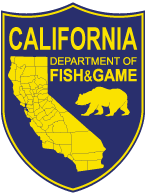 In January, the California Department of Fish and Game will become the California Department of Fish and Wildlife. With that change, only 12 state wildlife management entities will continue to use the term “game” in their names, according to an article in the Sacramento Bee.
In January, the California Department of Fish and Game will become the California Department of Fish and Wildlife. With that change, only 12 state wildlife management entities will continue to use the term “game” in their names, according to an article in the Sacramento Bee.
The title of the Bee article is “California sporting groups leery of department name change,” which about sums it up.
The article notes that the name change came from the state legislature, not from the department itself and that California created the nation’s first state fisheries commission, back in the 19th century.
Read the Sacramento Bee article, here.
And, of course, you will want to know which states still have “game” in the name of their wildlife management agency or department. The Sacramento Bee’s information came from the membership rolls of the Association of Fish & Wildlife Agencies.Those 12 members are: Arizona, Arkansas, Idaho, Massachusetts, New Hampshire, New Mexico, North Dakota, Pennsylvania, South Dakota, Virginia, Washington, Wyoming.
However, several states list their agencies of natural resources as members, when those agencies also have a department for managing wildlife. For example, Alaska has a Department of Fish and Game (number 13!), whose relationship to the listed Agency of Natural Resources is hard to parse. (It is not listed among the agency’s departments on its website.) Vermont’s Agency of Natural Resources has a Department of Fish and Wildlife.

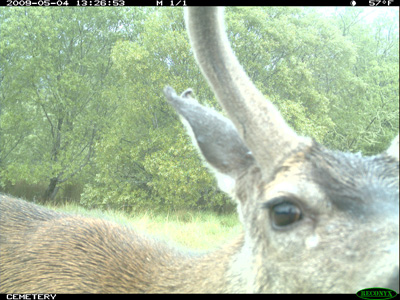
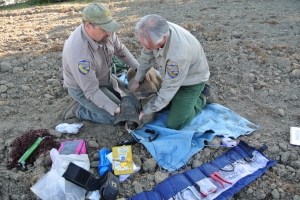 Earlier this summer, New York State Department of Environmental Conservation wildlife biologists banded 15 peregrine falcon chicks from five nests in western New York State. The birds are part of the growing peregrine population in the state.
Earlier this summer, New York State Department of Environmental Conservation wildlife biologists banded 15 peregrine falcon chicks from five nests in western New York State. The birds are part of the growing peregrine population in the state.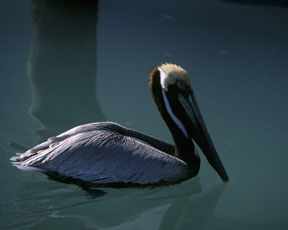 When you think of pelicans losing their feathers’ water repellent qualities because they were soaked in oil and the resulting hypothermia, do you think “oil spill”? Deepwater Horizon?
When you think of pelicans losing their feathers’ water repellent qualities because they were soaked in oil and the resulting hypothermia, do you think “oil spill”? Deepwater Horizon? At first they were, like gray squirrels almost everywhere in the US, abundant to the point of being a nuisance, especially to people with bird feeders. Then they were gone, or almost so. When mange struck the gray squirrels of the San Bernardino Mountains in California, people noticed, particularly in the past year.
At first they were, like gray squirrels almost everywhere in the US, abundant to the point of being a nuisance, especially to people with bird feeders. Then they were gone, or almost so. When mange struck the gray squirrels of the San Bernardino Mountains in California, people noticed, particularly in the past year. The
The 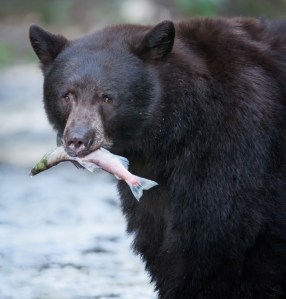 The
The